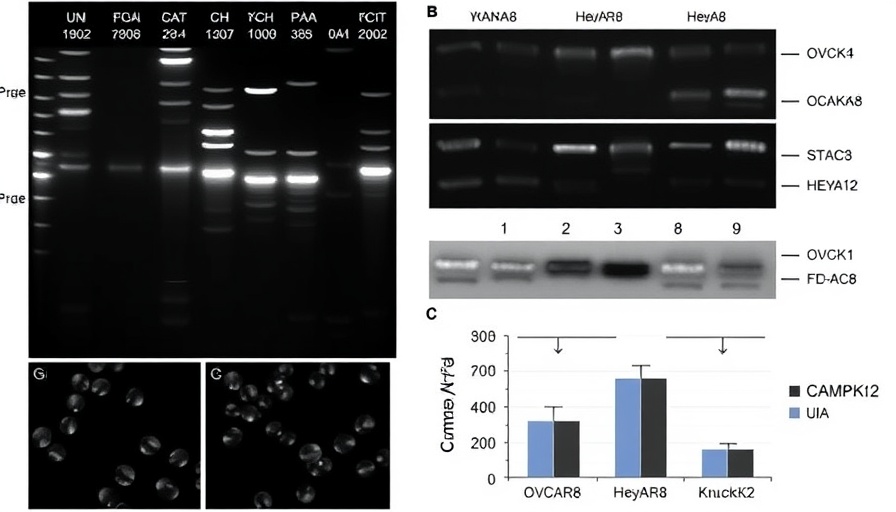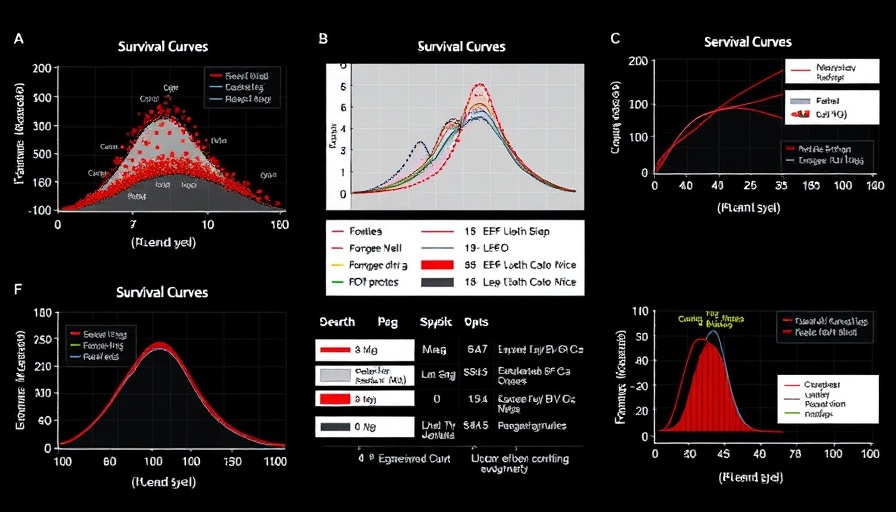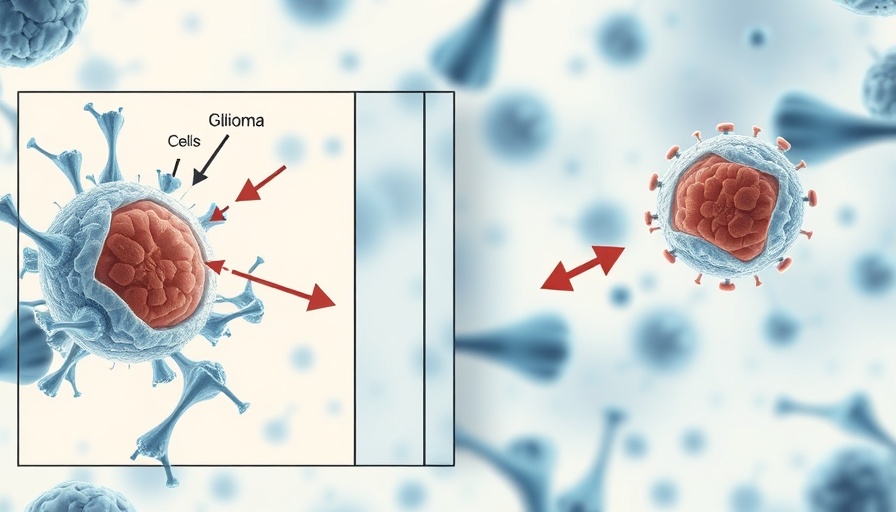
Unlocking the Secrets of Epithelial Ovarian Cancer: Why CAMKKβ Matters
If you've ever found yourself scrolling through medical news, you might have chanced upon a term that sounds as complex as it is critical: CAMKKβ. This seemingly innocuous protein, proving vital in the realm of epithelial ovarian cancer (EOC), plays a significant role in fueling the growth and survival of this pernicious disease. What's the scoop? Recent research highlights how targeting CAMKKβ could revolutionize treatments and ultimately propel us closer to conquering ovarian cancer. So, let’s delve into the nitty-gritty of why this matters and what it could mean for longevity and overall health.
Understanding Epithelial Ovarian Cancer: The Silent Killer
Epithelial ovarian cancer holds the dubious honor of being the most lethal gynecological cancer. According to statistics, an astonishing 75% of EOC diagnoses happen post metastasis—a term that strikes fear into anyone familiar with the disease. This delay in detection leads to a grim prognosis; about 70% of affected individuals succumb within five years of their diagnosis. The standard treatments may throw a temporary wrench in the disease's progression, but chemoresistant relapse remains a daunting challenge.
Metastasis via Spheroids: The Danger Within
Now, here’s where it gets interesting: EOC primarily spreads through multicellular aggregates known as spheroids. Imagine these spheroids as the ninja warriors of cancer cells, stealthily slipping into the peritoneal cavity and establishing footholds that make secondary disease inevitable. They come equipped with skills that allow them to dodge programmed cell death (known as anoikis), making them particularly insidious. Understanding this mechanism not only reveals the cunning of cancer but also highlights potential targets for therapies.
CAMKKβ: A Key Player in Cancer Survival—What’s the Buzz?
In a breakthrough study involving CRISPR-Cas9 techniques that would make even a sci-fi writer giddy, researchers have shed light on CAMKKβ. This protein appears to catapult AMP-activated protein kinase (AMPK) signaling into action, which in turn boosts autophagy—essentially the cell's way of utilizing and recycling damaged bits. Reduction of CAMKKβ through knockout techniques resulted in decreased survival rates for cancerous spheroids, suggesting that downregulating it disrupts their survival instincts. This finding positions CAMKKβ not just as a bystander, but as a crucial contributor to EOC's metabolic hijinks.
Future Predictions: A World Without EOC?
Could we be on the brink of a revolutionary treatment strategy that directly targets CAMKKβ? If current research trends continue, the answer appears to be a hopeful 'yes.' By disrupting the mechanisms that grant EOC its impressive resilience, future therapies could transform patient outcomes. Imagine a world where ovarian cancer is manageable instead of terminal—a world that not only extends lifespans but also enhances healthspan.
Moving Beyond Awareness: What Can You Do?
While researchers tirelessly work in labs to decode cancer's mysteries, there are actionable steps you can take to remain health-conscious. Embracing a healthy diet, incorporating supplements known for their longevity benefits, and educating yourself on biohacking strategies can all contribute to cellular health and holistic wellness. Remember, maintaining your health today can lay the groundwork for a healthier tomorrow.
Join the Fight Against EOC
In light of these exciting advances in cancer research, it's imperative to remain engaged and proactive. Awareness of the complexities of diseases like EOC and the emerging targets for therapy, such as CAMKKβ, fosters educated discussions and better health decisions. Share this article, stay informed about ongoing research, and remember: every small action counts in the fight against cancers.
 Add Row
Add Row  Add
Add 




Write A Comment